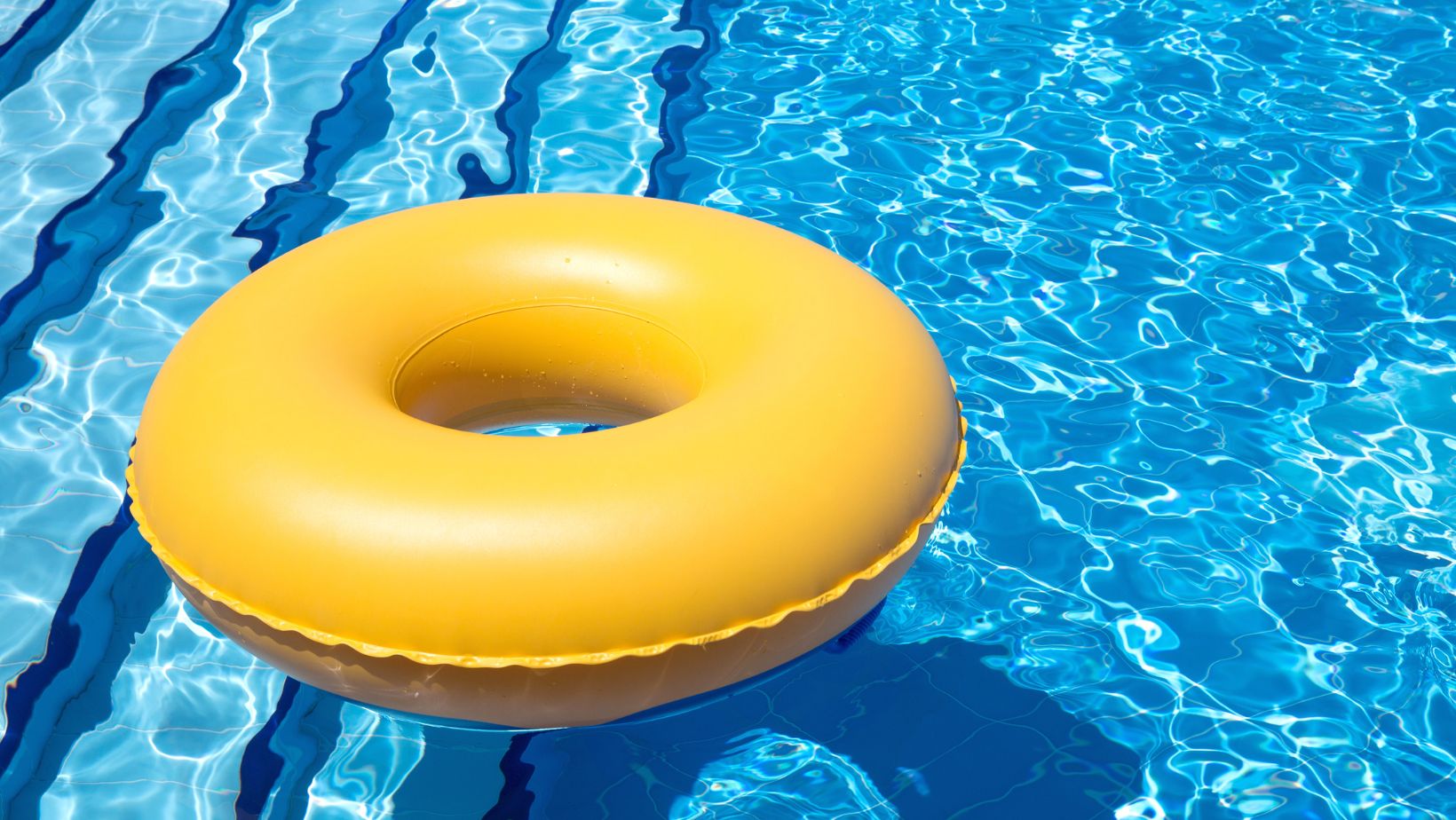The use of landscape lighting is important for the making of visually appealing as well as secure outdoor environments. When designing a warm and inviting outdoor setting, landscape lighting is one of the most important components. Not only is landscape lighting beautiful to look at but it can be put to practical use by extending use until late at night – something which was previously impossible without outdoor lights.
Here are several popular types of landscape lighting and their respective advantages and disadvantages; this will enable you to pick out one that will best fit into your garden, walks, or balconies. Click here to see more landscaping tricks.
Table of Contents
ToggleSolar-Powered Lights
Solar-powered lights offer an eco-friendly lighting option to reduce carbon emissions and electricity bills, making DIY installation simple and practically maintenance-free, perfect for DIY enthusiasts. Pathways, gardens, and ornamental features may all be beautifully illuminated by these lights. However, it’s essential to remember that their brightness varies based on the quality and size of solar panels; their performance in regions with limited sunlight may also be compromised.
LED Lights
LED (Light Emitting Diode) lights are energy-efficient and long-term fixtures designed to illuminate landscaping features effectively. LEDs offer numerous advantages over alternative solutions for lighting needs: durability and low energy usage are two major selling points, as their energy use decreases electricity bills while simultaneously decreasing their environmental footprint and providing versatility with their wide variety of color choices that allow users to match lighting to individual preferences or styles. However, the initial costs associated with using LEDs might be higher compared to alternative solutions.
Halogen Lights
Halogen lights produce an inviting, natural lighting source, which makes them suitable for decorative applications—budget and user-friendly halogens charm outdoor aesthetics by complementing them perfectly and contributing to the overall ambiance.

Halogen bulbs consume more electricity, leading to higher electricity bills over time, while their lifespans tend to be much shorter when compared with LED lights, necessitating replacement more frequently and incurring additional maintenance expenses. Extra care should be taken as they can become hot enough to pose a fire hazard if placed too close to flammable materials. Yet they remain an attractive and natural outdoor lighting choice despite these drawbacks.
Incandescent Lights
They have long been the choice of many due to their warm and cozy illumination and affordable purchase cost, making them budget-friendly. But keep in mind that incandescent use significantly less energy efficiency compared to LEDs, resulting in higher long-term operating costs as their shorter lifespan requires frequent bulb changes. However, great for decorative use, they might not be practical when lighting larger outdoor spaces where LED’s superior energy efficiency and longer-lasting properties would likely prove more advantageous.
Low-Voltage Lights
Installing and using low voltage systems is considerably safer, lowering risk during setup or maintenance processes and saving on electricity usage costs and carbon emissions compared with standard voltage alternatives, translating to reduced bills and an overall smaller ecological impact. Although setting up such systems may involve additional expenses (i.e., transformer and installation services) after installation, it remains a cost-effective way of lighting outdoor areas while keeping costs under control.
High-Intensity Discharge (HID) Lights
High-Intensity Discharge (HID) lights like metal halide and high-pressure sodium lamps are well-known for providing intense illumination, making them the go-to choice when lighting expansive outdoor areas. HID lights have many benefits over other types of lighting, such as a longer lifespan compared to some options and less frequent repair and upkeep work.

Although HID lights offer higher illumination levels than LED alternatives, their energy efficiency still falls behind those more modern solutions, such as LED, as HID bulbs require additional electricity consumption to produce high-intensity illumination and could thus incur greater operational expenses over time. While HID bulbs tend to last longer, their energy efficiency leaves something to be desired, and full brightness may take time before reaching full intensity when turned on.
Conclusion
Choosing the best landscape lighting for your needs and tastes takes thoughtful deliberation over each option; if it is energy efficiency, brightness, or ambiance that is most important for you – there’s sure to be one out there that can turn any outdoor space into a welcoming yet functional space, allowing you to experience all that beauty of nature.






